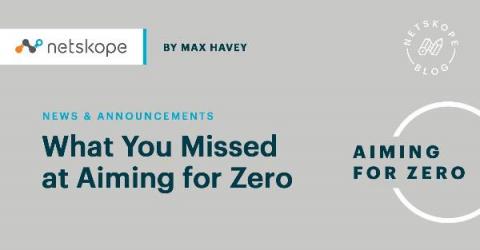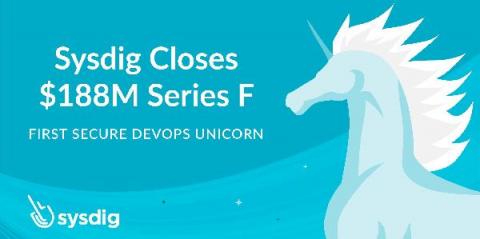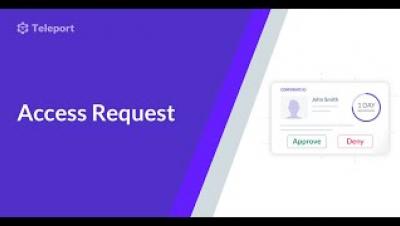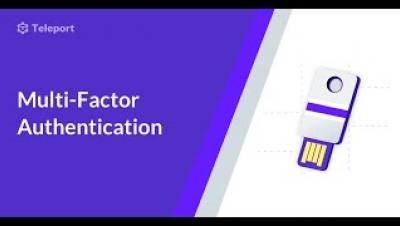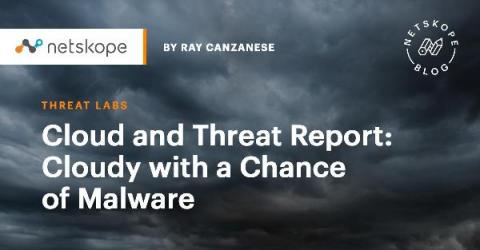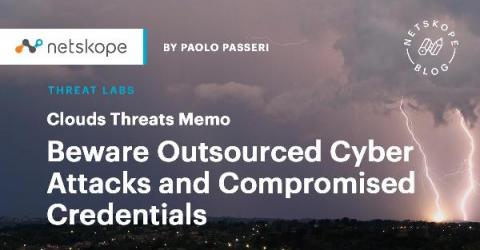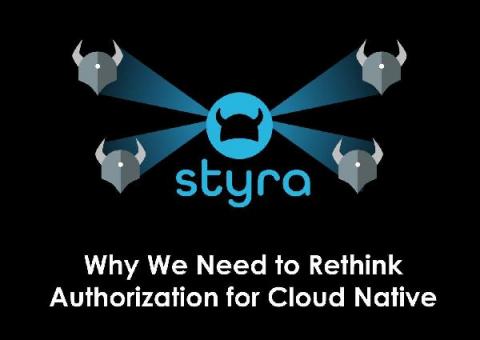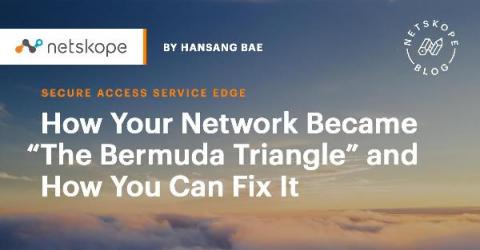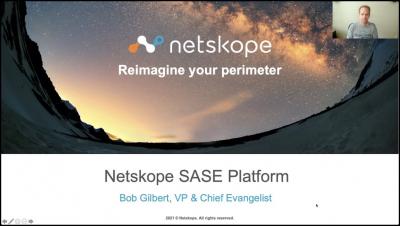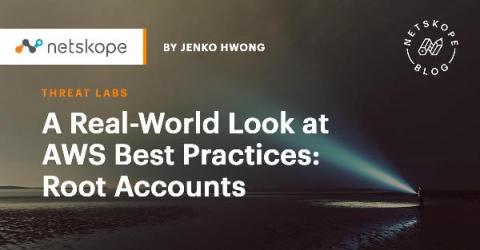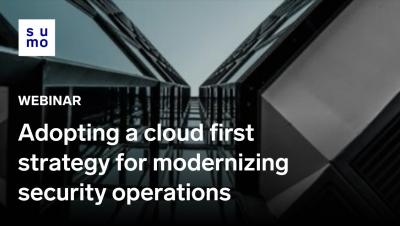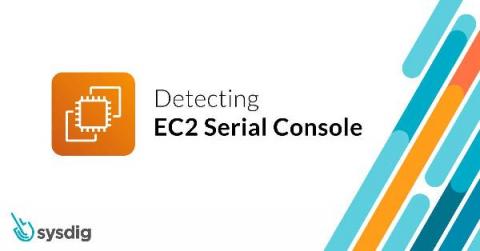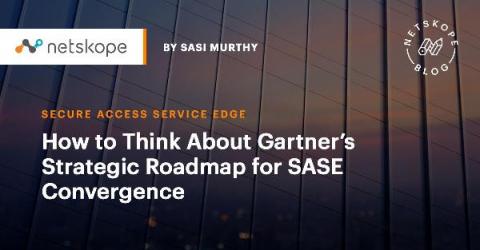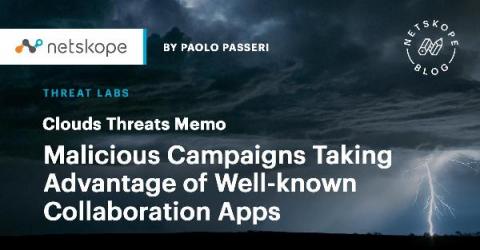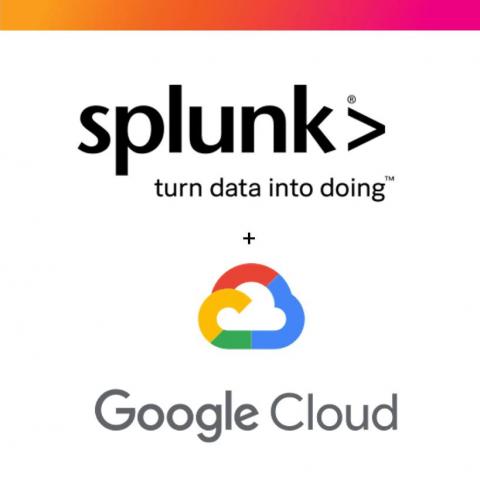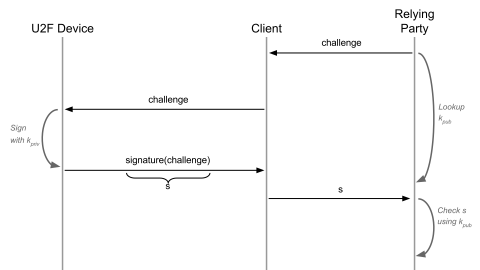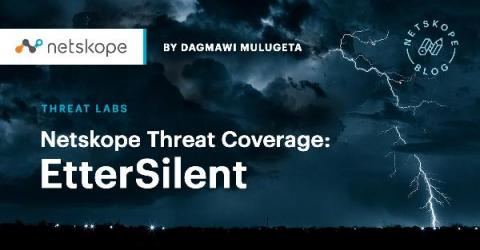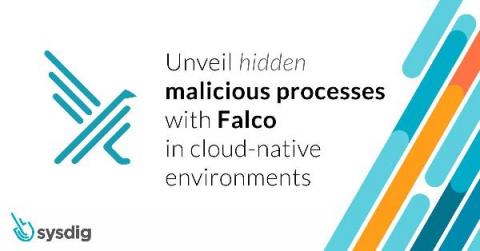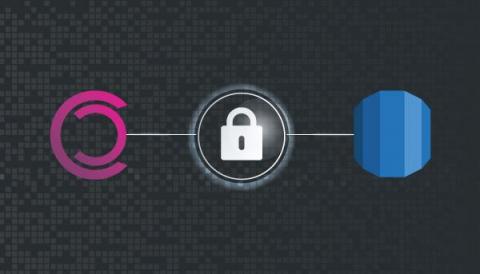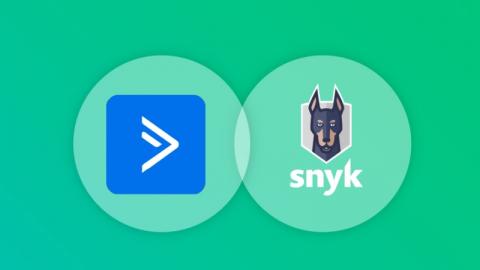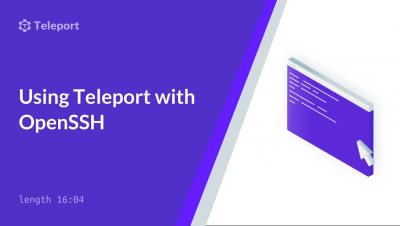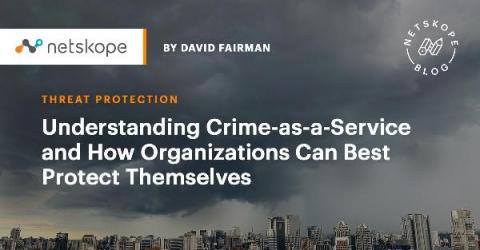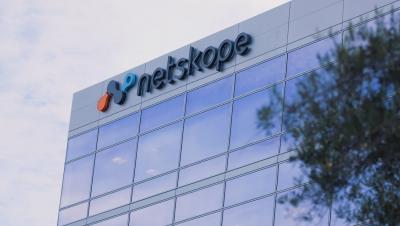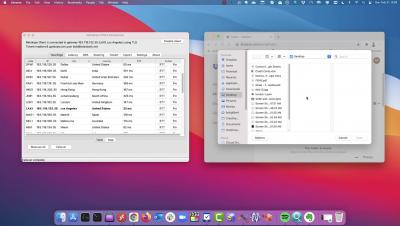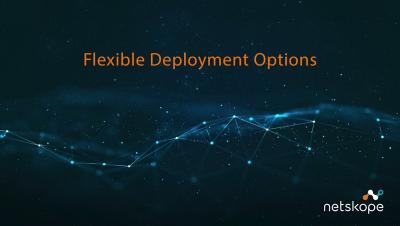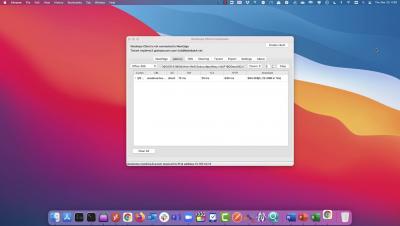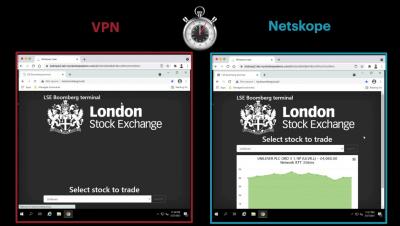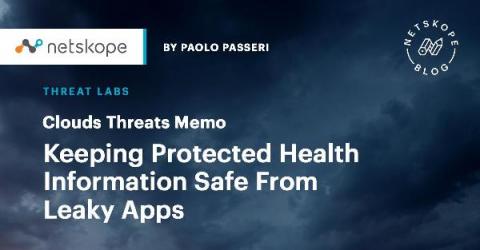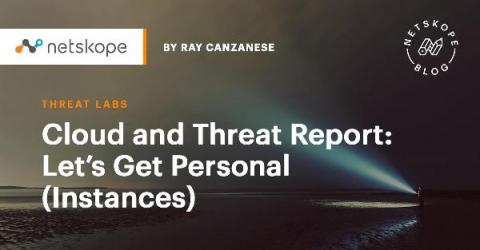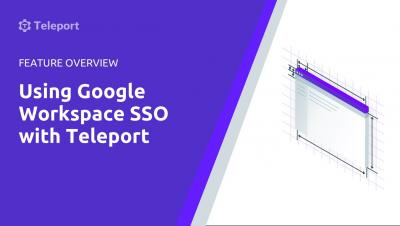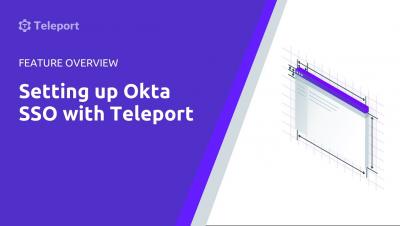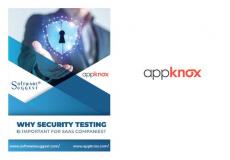Security | Threat Detection | Cyberattacks | DevSecOps | Compliance
April 2021
What You Missed at Aiming for Zero
In case you missed it, Netskope’s recent Aiming for Zero event was focused around how Zero Trust is more than just access controls and passwords—it’s a security concept that applies to all aspects of your network, your data, the applications you use, and the way you interact with them. If you missed the event and want to hear more about our deep dives int Zero Trust, there’s no need to worry!
Our $188M funding round fuels our mission to help customers confidently run modern cloud applications
Today, I am excited to share that we secured $188M in a new funding round, at a valuation of $1.19B (read more here). At the outset, I want to thank our employees, partners, investors and most importantly, our customers for this important milestone. The funding follows a year of unmatched innovation that led to accelerated revenue growth, installed base growth, and rapid community adoption of our open source projects.
Cloud and Threat Report: Cloudy with a Chance of Malware
Cybercriminals are increasingly abusing popular cloud apps to deliver malware to their victims. In 2020, more than half of all the malware downloads detected and blocked by the Netskope Security Cloud platform originated from cloud apps. Cloud apps are commonly abused to deliver Trojans, with attackers attempting to exploit the trust placed in the app used for delivery. Increasingly, cloud apps are also abused for next-stage downloads, with attackers attempting to blend in with benign traffic.
Cloud Threats Memo: Beware Outsourced Cyber Attacks and Compromised Credentials
The trove of 1.3 million RDP credentials leaked recently is yet again proof that, In the underground economy, initial access brokerage is a flourishing market. Cybercriminals are outsourcing the initial access stage of the attack, so they can better focus on the execution and act more quickly.
Securing AWS Management Configurations By Combating 6 Common Threats
There’s a common misconception that cloud providers handle security, a relic leftover from hosting providers of previous decades. The truth is, cloud providers use a shared responsibility model, leaving a lot of security up to the customer. Stories of AWS compromise are widespread, with attackers often costing organizations many thousands of dollars in damages.
Why We Need to Rethink Authorization for Cloud Native
Companies have moved to cloud native software development so that they can increase development speed, improve product personalization, and differentiate their buyer experiences in order to innovate and win more customers. In doing so, enterprises have also redefined how they build and run software at a fundamental level.
How Your Network Became "The Bermuda Triangle" and How You Can Fix It
“Where’s your app? Where’s your data?” For a long time, if you needed to know where your applications or data were, the answer was clear: it was always either on-premises or in a branch. Universally, almost regardless of organization size, infrastructures were contained, and visible within a defined boundary—you have a data center, a network, a branch, a user.
Creating Cloud Security Policies that Work
Now that the ongoing worldwide trend toward “going digital” has been accelerated by COVID-19, taking extra precautions to protect your organization’s data, communications and information assets is more important than ever. Of course, there are many traditional and emerging ways to protect and secure your business.
How a Microsoft Engineer Implemented Veracode for a Large Azure Project
With the need to produce innovative software faster than ever, and cyberattacks not slowing down, it’s no surprise that, for projects large and small, ensuring the security of your code at every step is key. But if software engineers want to meet these everyday demands with success, it’s important to understand how different security scanning types fit in throughout the development process, and how the needs of your team might impact scans.
A Real-World Look at AWS Best Practices: Root Accounts
Best practices for securing an AWS environment have been well-documented and generally accepted, such as AWS’s guidance. However, organizations may still find it challenging on how to begin applying this guidance to their specific environments. In this blog series, we’ll analyze anonymized data from Netskope customers that include security settings of 650,000 entities from 1,143 AWS accounts across several hundred organizations.
Detect unauthorized third parties in your AWS account
Detecting when an unauthorized third party is accessing your AWS account is critical to ensuring your account remains secure. For example, an attacker may have gained access to your environment and created a backdoor to maintain persistence within your environment. Another common (and more frequent) type of unauthorized access can happen when a developer sets up a third-party tool and grants it access to your account to monitor your infrastructure for operations or optimize your bill.
Cloud SIEM accelerates modernizing security operations across Asia Pacific
Bridging the Cybersecurity frontier: SaaS
Software as a service (SaaS) is one of the most important parts of the modern digital business. Unfortunately, when it comes to cybercrime, it can also be one of the weakest. The Cybersecurity newsletter, The Hacker News, have highlighted this in detail, noting interest from across the digital industry in addressing the holes created by misconfigured SaaS setups.
Adopting a cloud first strategy for modernizing security operations
How to detect EC2 Serial Console enabled
Recently, Amazon AWS introduced the new feature EC2 Serial Console for instances using Nitro System. It provides a simple and secure way to perform troubleshooting by establishing a connection to the serial port of an instance. Even though this feature is useful in case of break glass situations, from a security perspective, it could be used by adversaries to gain access through an unguarded secondary entrance.
When should a startup hire a CSO? Access Control #1 - Donnie Hasseltine
How to Think About Gartner's Strategic Roadmap for SASE Convergence
Gartner recently published the 2021 Strategic Roadmap for SASE Convergence, outlining key challenges that are driving shifts to Secure Access Services Edge (SASE) architecture. Not surprisingly, chief among these challenges are consistency, simplicity, transparency, and efficacy—all of which a properly implemented SASE architecture is positioned to solve. But knowing what the challenges are, how do we then get to SASE? Has your journey already started? What are the right moves?
Cloud Threats Memo: Malicious Campaigns Taking Advantage of Well-known Collaboration Apps
BazarLoader is a malicious dropper used in multiple campaigns, including the massive wave of attacks targeting US Hospitals with the Ryuk ransomware during October 2020. The primary purpose of BazarLoader is to download and execute additional malware payloads, and one of the key characteristics is its delivery mechanism, which exploits legitimate cloud services like Google Docs to host the malicious payload.
Elevate Your Cloud Security Posture with Splunk and Google Cloud
It’s more critical than ever to secure your company data and protect your workloads in the cloud. This blog post is a roundup of the latest technical resources and product capabilities by both Google Cloud and Splunk to enhance your threat prevention, detection, and response techniques, regardless of where you are in your business-transforming cloud journey.
What I Wish I Knew About U2F and Other Hardware MFA Protocols
Teleport has supported multi-factor authentication (MFA) for a while now, via Authenticator Apps (TOTP) and Hardware Tokens (U2F) such as YubiKeys. But this support was pretty limited: you could only choose one MFA protocol and users could only register one device. If a user lost their device, they would be locked out and need an account reset by the administrator. So, for Teleport 6.0, we’ve reimplemented the MFA support to make it more flexible.
Notable Takeaways from the Verizon Mobile Security Index 2021
Netskope is proud to have contributed once again to Verizon’s annual Mobile Security Index —one of the most influential reports in the industry for evaluating mobile security trends. This report is based on a survey of hundreds of professionals responsible for buying, managing, and securing mobile and IoT devices.
Netskope Threat Coverage: EtterSilent
Intel 471 researchers have identified a new malicious document builder, dubbed “EtterSilent,” leveraged by various threat actor groups. One of the build options is a weaponized Microsoft Office document (maldoc) that uses malicious macros to download and execute an externally hosted payload. The maldocs pose as templates for DocuSign, a cloud-based electronic signature service.
New Solutions for Greater Insights and Security Across M365
By the end of 2020, Microsoft 365 was used by more than one million companies worldwide. And for good reason. With the move to remote work, applications like Word and Excel, Teams, OneDrive and SharePoint, provided businesses with a familiar, easy to access, and easy to use productivity suite – all available in the cloud.
Unveil hidden malicious processes with Falco in cloud-native environments
Detecting malicious processes is already complicated in cloud-native environments, as without the proper tools they are black boxes. It becomes even more complicated if those malicious processes are hidden. A malware using open source tools to evade detection has been reported. The open source project used by the malware is libprocesshider, a tool created by Sysdig’s former chief architect Gianluca.
CloudCasa Now Supports Data Protection for Amazon RDS
The choice for persistent storage for your cloud native applications depends on many factors including how your cloud journey started and whether your applications were migrated or developed for the cloud. Also, depending on how early you started using containers and migrated to Kubernetes, your distribution or managed service may not have offered the persistent data services you needed.
DevSecOps and the Cloud: How Leaning on Your Cloud Provider Can Help You Shift Left
Over the past several years, an increasing amount of organizations have been moving their applications from on-premises to cloud-hosted platforms. And with the current pandemic forcing most businesses to adopt a fully remote work environment, the cloud is even more appealing. Gartner reported that cloud spend rose by double digits in 2020, and it’s expected to continue to grow by 18.4 percent in 2021.
Securing cloud native applications: ActiveCampaign's VP, Information Security provides perspective
Cloud native has been a growing trend as organizations shift away from on-premise infrastructure and longer software release cycles towards a more iterative development approach using cloud-based tooling and infrastructure. While cloud native applications enable rapid deployments and greater scalability, this emerging software approach also introduces security challenges.
Understanding Crime-as-a-Service and How Organizations Can Best Protect Themselves
As of late, cyber threats have only grown in velocity and volume, with cybercriminals taking advantage of every new capability to grow and prosper. Couple that with a global pandemic and a sudden increase in remote working in the cloud, and you open the door to countless new vulnerabilities.
Teleport in 2021: Security Audit Results
We now live in an era where the security of all layers of the software stack is immensely important, and simply open-sourcing a code base is not enough to ensure that security vulnerabilities surface and are addressed. At Teleport, we see it as a necessity to engage a third party that specializes in acting as an adversary, and provide an independent analysis of our sources.
Why every company should be a Netskope customer
Netskope: Built for Resilience
Netskope: Delivering Superior Performance and Connectivity
Netskope: Flexible Deployment Options
Netskope: Security without Performance Trade off
Netskope Private Access
Cloud Threats Memo: Keeping Protected Health Information Safe From Leaky Apps
Several healthcare entities have reported data breaches after being notified of a “privacy incident” by Med-Data, a vendor providing revenue cycle services to hospitals, healthcare systems, and their patients. This privacy incident involves a leaky cloud service and has exposed the personal information of thousands of individuals, since at least December 2020.
Cloud and Threat Report: Let's Get Personal (Instances)
The COVID-19 pandemic caused a dramatic shift to remote work that placed many who previously worked in the office at home working alongside their families. We saw an increase in personal usage of company laptops, including personal web browsing, gaming, media consumption, and online shopping. In this blog post, we will take a look at the personal usage of managed devices from a different angle: data security. In 2020, 83% of users accessed personal app instances from managed devices each month.
What is a managed cloud service?
A managed cloud service handles the complexity of cloud-based IT infrastructure so that in-house teams can continue working towards their business goals. Businesses looking to scale their operations need increasingly sophisticated IT environments. Cloud computing allows teams to do exactly that, yet a decision still needs to be made over who manages the cloud environment; managed cloud service providers fill this gap.
Using Google Workspace SSO with Teleport
https://goteleport.com/docs/enterprise/sso/ssh-gsuite/
0:00 Intro
0:45 Example Teleport with local login
1:12 Configure Google Workspace
3:35 Creating Service Account
5:00 Manage API Scope
6:36 Creating OIDC Connector in Teleport
10:04 tctl create gworkspace.yaml
10:13 Example Login with Google Button
Setting up Okta SSO with Teleport
0:00 Introduction
0:25 Okta Setup
0:42 Configuring Okta
3:24 Setting up Okta Groups
6:45 tctl create okta.yaml
7:16 Assigning Groups in Okta
7:41 SSO Debugging
8:50 Conclusion
Protecting data everywhere it goes with Netskope and Microsoft Information Protection
Securing Your PostgreSQL Database
Databases are the Holy Grail for hackers, and as such, must be protected with utmost care. This is the first in a series of articles in which we’ll give an overview of best practices for securing your databases. We’re starting with one of the most popular open-source databases, PostgreSQL, and will go over several levels of security you’d need to think about.



